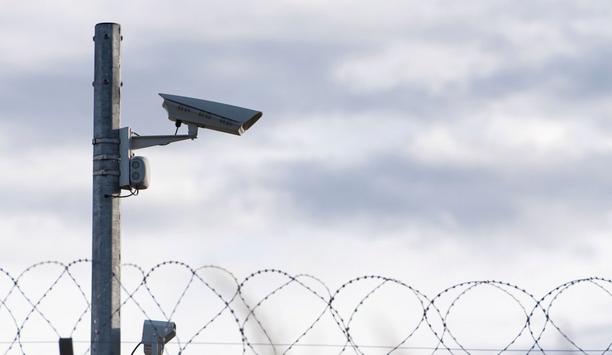Meridian Surveillance Systems are securing the Royal Sussex County Hospital in Brighton with door controllers, proximity readers and management software from Access Control Technology (ACT) as part of an IP-addressable system.
The Royal Sussex County Hospital provides general, specialist and tertiary services as part of Brighton and Sussex University Hospitals (BSUH) which is an acute teaching hospital working across two sites in Brighton and Haywards Heath. The Trust treats three quarter of a million patients a year and is a major trauma centre for the south east of England.
Over 650 doors at the Trust have been secured using ACT’s ACTpro 4000 two-door controllers which can extend to a total of 16 doors when used with ACT door stations. As with any hospital, facilities managers at BSUH required equipment that would balance ease of access in emergency situations with appropriate controls in clinical areas. Urgency of need to admit had to be balanced with proper documentation of entrance and egress.
Every controller offers individually-tailored access levels which has allowed Meridian Surveillance Systems to implement a solution with a hierarchy of access rights for staff members according to job profile. Using the ACTWin pro management software, Trust facility managers create cards for hospital employees (currently numbering over 15,000) as well as constantly adjusting access rights to allow distinctions between areas of practice for surgical and nursing personnel (which can change weekly) as well as basic profile details such as likely hours of work.
"We’ve been able to integrate the ACT installation with existing key control and tracking as well as digital surveillance from Cathexis" |
The door controllers are designed for high-traffic volumes in multi-site campus environments such as a hospital. At Brighton and Haywards Heath, the controllers are being used with ACTpro MIFARE proximity readers and contactless smart cards.
Daniel Collins is Projects Manager at Meridian Surveillance Systems. He said: “The fact that the ACT products are IP-addressable means we have caused minimal disruption to the core activity of the Trust and frequently used existing structured twisted pair cabling within the site’s IT infrastructure. Avoiding use of new cabling and peripherals has reduced the carbon footprint of the project. We’ve tripled the number of system controllers and future-proofed the hospitals since additional door stations can be fitted whenever required.”
Daniel continued: “IP as opposed to the legacy analogue system means that information reaches the system controllers sooner and there is no loss of data even if the lines run over considerable distances. We’ve been able to integrate the ACT installation with existing key control and tracking as well as digital surveillance from Cathexis. Problems with maglocks and break-glass units are inevitable in a busy environment but call-outs for access are now very infrequent and failures have been reduced by 95% since the ACT equipment was introduced. The voltage and break-glass monitoring within the ACT software has become invaluable.”
The ACT control software being used at the hospital trust is ACTWin pro 2.8 which features auto-discovery of door stations and controllers as well as site maps which allow users to visually monitor access control points and I/O












